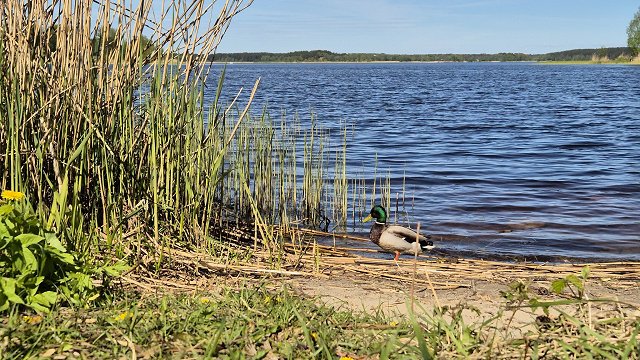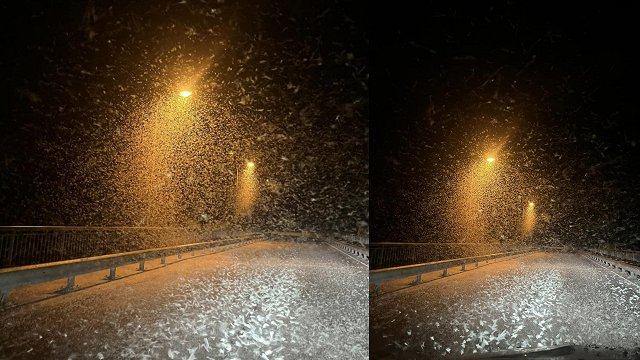In order to test the textile sorting system, red textile sorting containers have been installed in numerous places by Eco Baltia Environment since 2019, mostly in Rīga. The Chair of the board of the waste management operator Jānis Aizbalts also highlighted the total coverage of sorting sites in Latvia: “For all waste operators in Latvia, we estimate, at this point, it could be that the number of textile containers approaches around 250 and at the end of the year I think that 400 to 500 containers would be set up.”
It is estimated that around 1,000 textile containers would be needed in the country as a whole to ensure adequate sorting coverage in rural areas. Outside the cities, the red containers could more appear in the spring.
At the discretion of the operator, this is hampered by the jammed legislative amendments, which would clarify the system for sorting and the responsibility for the accessibility of textiles.
Aizbalts: “The idea was that as of January 1, this year the municipalities and operators would already be obliged to provide this, as well as the Natural Resources Tax Law would describe who financed it and that it is going through producer responsibility systems that provide infrastructure and the fact that this waste is collected, sorted and recycled. Such a system should also have been in place for textile, but unfortunately, with the change of government, these amendments are delayed even longer. There is an obligation at this point, but no one pays for it, and without this change of law, it is only on the shoulders of operators and the activity will be limited."
Currently, waste managers transfer collected textiles to orphanages and nursing homes, as well as asylum seekers, while low-quality textiles reach recycling plants in other countries whose capacity in Europe as a whole is still small.
Rudīte Vesere, director of the Ministry of Environmental Protection and Regional Development (VARAM), explained that the waste management bill regarding producer responsibility has been examined in the Saeima at first reading and is being prepared for the second.
In turn, the amendments to the Natural Resources Tax Law were drafted in 2021 and submitted to the Cabinet but were not further advanced at the time.
Vesere said that the legislation does not currently prescribe a specific volume of textile to be collected, either in Latvia or in the European Union. In Latvia, 20,000 to 25,000 tonnes of textile waste is created during the year, and approximately 10% is collected in the system under test. According to the waste manager, the amount of textile to be collected should continue to be determined by law by the State.





























